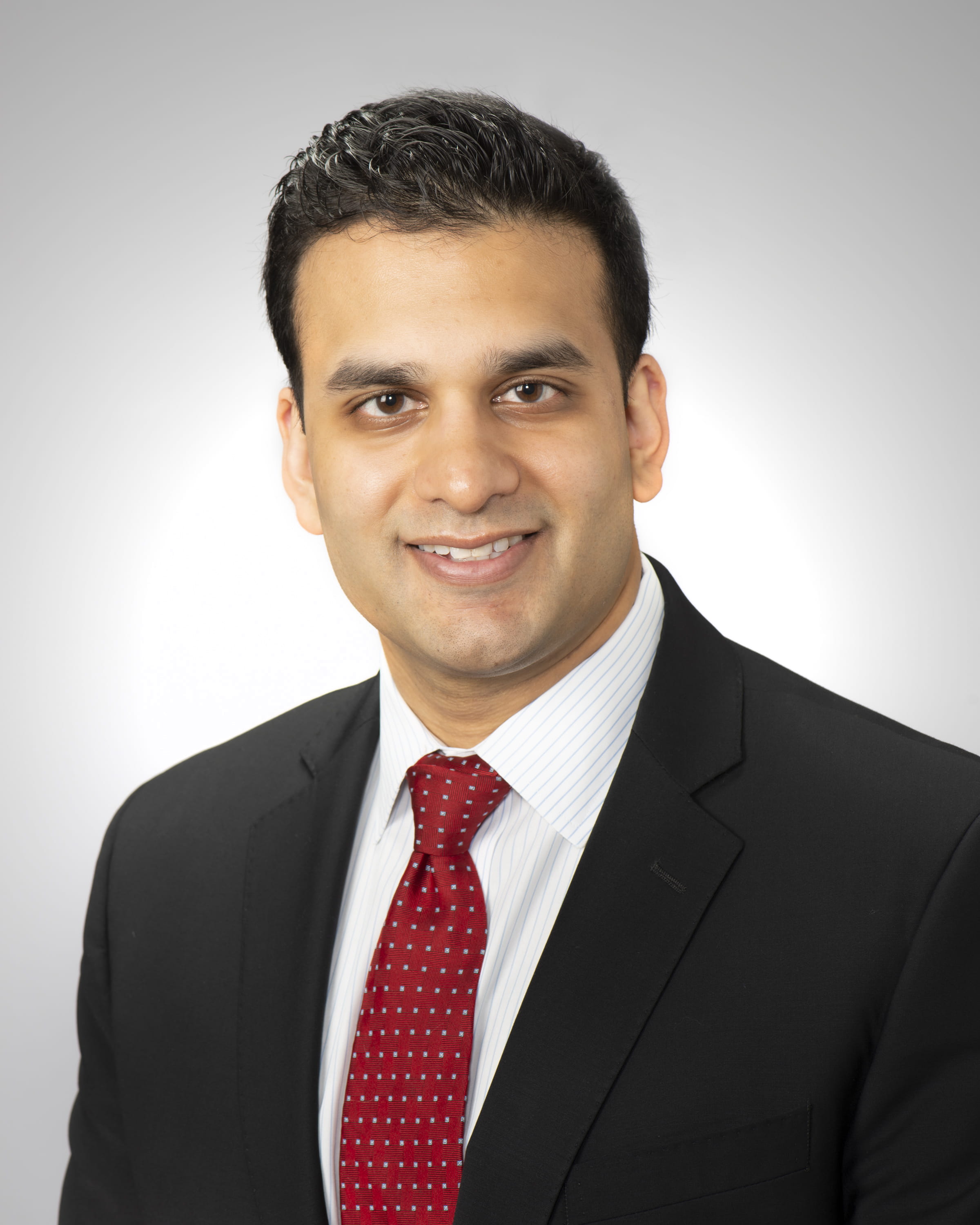
9/18/2024
University of Pittsburgh School of Medicine experts analyzed visible signs of concussion in individuals participating in professional slap fighting competitions and reported the results in a paper published in JAMA Surgery this week. As the first academic study to provide a quantifiable assessment of the possible dangers associated with this activity, the findings offer a starting point for conversations around necessary regulations to ensure participants' long-term health and well-being.
“Slap fighting may be entertaining to watch as a lay viewer, but as medical professionals, we found some aspects of the competitions to be quite concerning,” said lead author Raj Swaroop Lavadi, M.B.B.S., postdoctoral research fellow at Pitt’s neurosurgery department. “Our end goal is to make all professional sports safer for the neurologic health of the athletes. It is really difficult to ban any sport, but it is possible to raise awareness about the associated harms. We were intrigued with the prospect of applying video analysis to identify signs of concussion in a competition that hasn’t previously been studied.” 
Slap fighting, a largely underground activity, is quickly gaining popularity, amassing online audiences of millions. The competitors, separated by a waist-level podium, stand across each other and take turns to deliver crushing open-handed blows across the opponent’s face. According to the official rules, opponents have a few moments to recover, and the fight continues until one of the participants gets knocked out – or until the judges decide the winner.
The medical community has expressed serious concerns about potential dangers to the participants from head injury and brain trauma, but until now, no peer-reviewed study attempted to record and quantify the risks.
To assess how dangerous professional slap fighting can be, trained reviewers watched videos of slap fighting competitions and analyzed 333 slaps. They recorded visible signs of concussions – ranging from a diminished awareness of the environment to a complete loss of responsiveness – and analyzed how often those events occurred.
According to the analysis, more than half of the slap sequences resulted in participants exhibiting visible signs of concussion. By the end of their matches, nearly 40% of sequences resulted in signs of poor motor coordination, about a third of the sequences resulted in participants having a blank and vacant look, and a quarter of the sequences featured participants who were slow to get up after being brought down by a blow. Nearly 80% of the fighters demonstrated a visible sign of concussion at least once in the series of matches.

The results paint a worrisome picture for the participants’ long-term well-being.
“Clinically, concussion can show up in different ways, but each can result in short or long-term disability and socioeconomic distress,” said senior author Nitin Agarwal, M.D., associate professor of neurosurgery at Pitt. “As a physician who has a background in martial arts and is passionate about combat sports, I remain concerned regarding the frequency of overt signs of concussion among slap fighters.”
The team is now working to measure and analyze the physical impact of an average slap using mouthpieces similar to those used by professional football players. Those findings, combined with aggregated data from the video analysis, will help inform participants, officials and ring-side physicians, while also providing a starting point for improved safety regulations going forward.
Other authors of this research are Rohit Prem Kumar, B.A., Michael Kann, B.E., Manan Shah, M.D., D. Kojo Hamilton, M.D., and Joseph Maroon, M.D., all of Pitt.
This research received no external funding.
Photo Details (Click image for high-res version)
First Photo
Caption: Raj Swaroop Lavadi, M.B.B.S., postdoctoral research fellow
Credit: UPMC
Second Photo
Caption: Nitin Agarwal, M.D.
Credit: UPMC
















